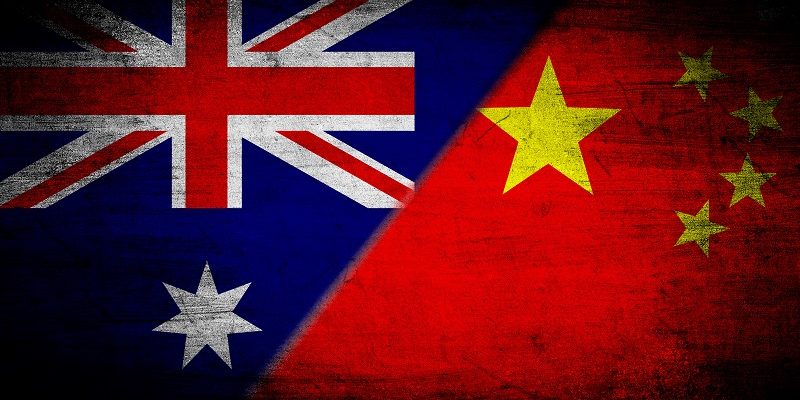China-Australia Free Trade Agreement: The pros and cons
It took a decade of negotiations, but in 2015 the Chinese and Australian governments finally signed the Chinese-Australia Free Trade Agreement (ChAFTA), signalling the dawn of a new era in bilateral trade relations, as optimistic observers would generally describe it.
In truth, there were winners and losers, but the ChAFTA is still widely seen as being a huge positive for small and medium enterprises (SMEs) in Australia. Propelling Australia away from an over-reliance on commodities and infrastructure trade with China, towards a more wide-ranging collaboration across many, varied industry sectors, the free trade agreement allows Australian businesses of all sizes to take advantage of the enormous new markets in China, and grow beyond what would never be possible in a domestic market as comparatively small as Australia’s.
China, Australia’s largest export market, is now more economically integrated with Australia thanks to the removal of barriers to trading goods and labour. Tariffs on many imported goods have been relaxed, while restrictions on foreign employment in Australia have also been lifted through the ChAFTA.
The benefits for consumers are tangible, with phase-outs of tariffs on Chinese manufactured goods such as whitegoods or electronics. Gemstone tariffs were phased out, as were tariffs on a variety of other Australian-manufactured exports. Primary industries benefited through phasing out of high tariffs for exports such as beef or dairy, horticulture, wine or seafood, while there were reductions on tariffs for various other processed and manufactured goods.
Our hospitality industry was given a boost through guarantees that they were able to operate wholly Australian-owned subsidiaries in China, or, for example, permitted to operate for-profit aged care facilities in China and in some provinces, wholly Australian-owned hospitals.
Joint ventures were boosted in services like agriculture, fishing and forestry in China, with Australian businesses permitted to take majority stake. And partnerships with Chinese legal and financial firms became easier to access.
Further, Australian businesses gained some new rights in terms of suing Chinese governments if policy changes negatively affect them, though the opposite rights were also affected, with Chinese firms able to sue Australian governments in similar circumstances.
Not all tariffs were reduced or abolished: the sugar, rice, wool, cotton and wheat industries, will find their tariffs remained the same. Similarly, China was afforded protections in terms of the ability to increase customs duties if its imports of our beef or milk powders exceed given limits.
The labour market in Australia was also left unprotected by ChAFTA, with Chinese investors in projects over AUD$150 million allowed to import temporary migrant workers without local labour market testing.
In spite of the downsides however, generally speaking the elimination of key tariffs through the ChAFTA has afforded many potential opportunities for small businesses to grow through harnessing the Chinese consumer market, and gives local small businesses a competitive edge over other international markets.
Liberalising agreements like ChAFTA help industries access new markets and increase the potential pool of buyers of their products. Even small businesses are able to successfully export to China, given a good strategic business plan and an understanding of how to develop business engagement with Chinese importers, the regulatory environment and how to access investment and export subsidies.
Developing export markets in China and becoming part of a global supply chain is highly attractive to SMEs in Australia. There are many benefits to Australian small businesses in exporting to China, with research showing such companies are frequently able to become more productive, efficient, and profitable and utilise economies of scale like never before. They also benefit from the advantages of increased innovation and diversification of business risk.
For your business to take advantage of the benefits of the China-Australia free trade agreement, it’s important to have a significant amount of working capital and a steady stream of cash flow. However, these are greatly impacted by the promptness with which your customers pay their accounts. Slow payers, or non-payers, can have a disastrous effect on a small business’s cash flow and threaten the very viability of your business, let alone its ability to grow into new markets such as those opened up in China by the ChAFTA. Tackling ageing business debt is therefore critical to the success of SMEs, both domestically and internationally. A professional debt collection agency can help put your small business in the best position possible to take advantage of the bilateral trade opportunities opened up by ChAFTA.

